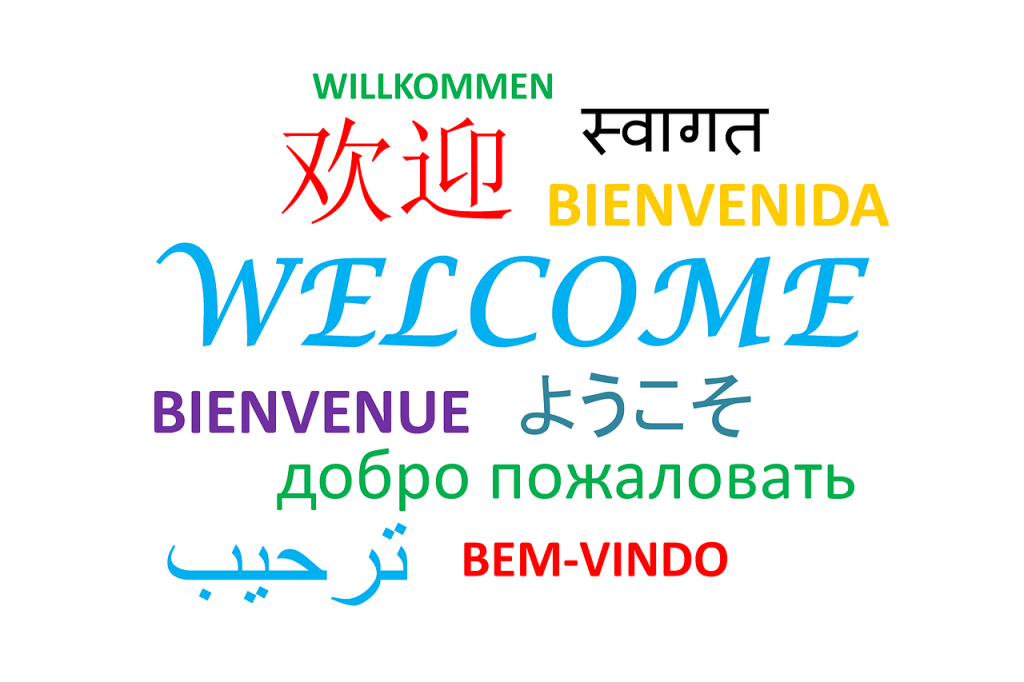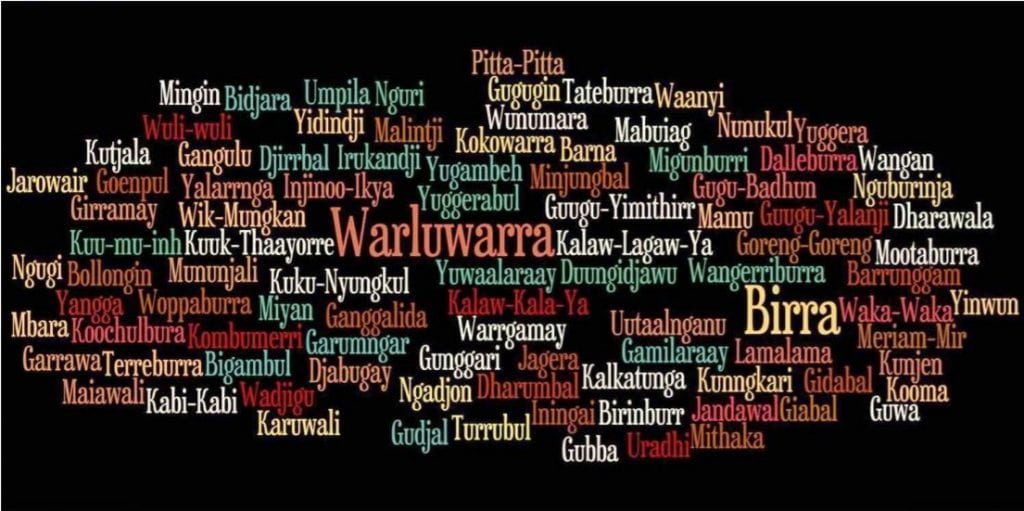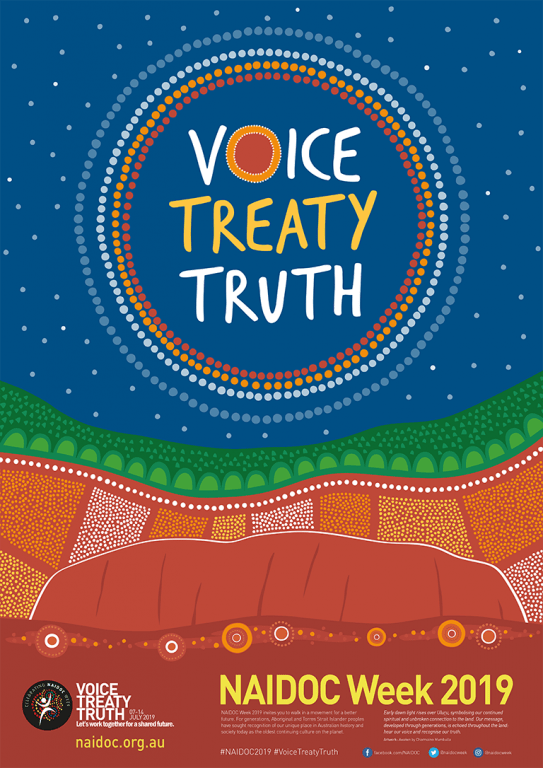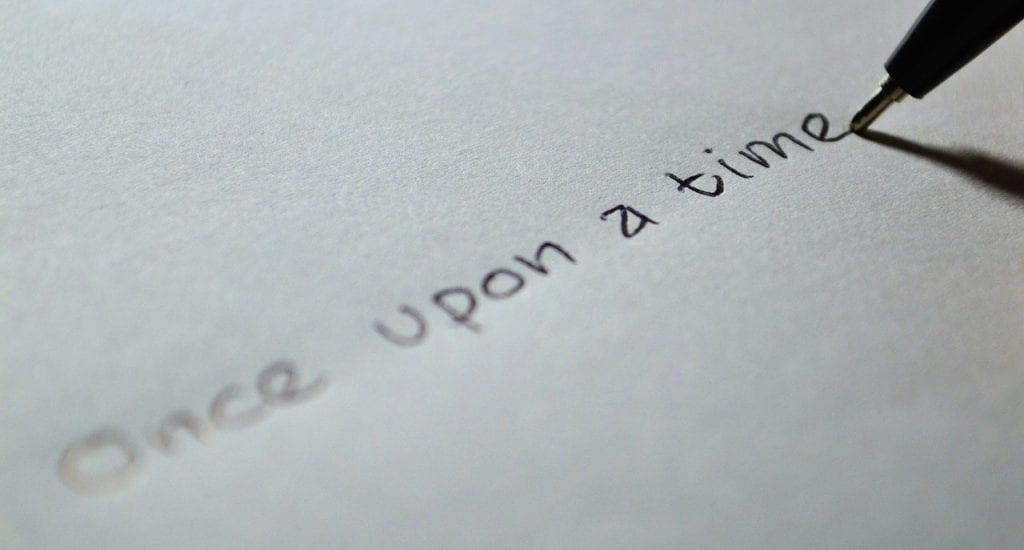 Ramdlon / PixabayA
Ramdlon / PixabayA
An expression that is almost universally known by both adults and children alike. The mere mention of this phrase is enough to perk my offspring’s heads and ears like meerkats on high alert. Like most children, my three girls love story time in all its forms. In their eyes (and ears) it is irrelevant how the story originates. Depending on my mood and their persuasive power; the mode and delivery of the story will vary. Sometimes it is a retelling of an old favourite or a re-read of a treasured classic; other times it is the most recent offering from a library; and occasionally, it is a spuriously invented pudding-headed story to bring silly smiles to little faces.
Cornett (2014) theorised that stories and storytelling developed from a need of the ancient peoples to understand their world. Stories are how cultural traditions and practices were passed down the generations and it is still the most common method in which communities celebrate and immortalise important events. After all, most families have embarrassing stories that get retold at every family gathering and eventually they become familial folklore. The Indigenous peoples of Australia have a rich history of oral traditions and as such, much of their cultural histories are embodied and immortalised in storytelling. But even for societies that no longer possess such a strong emphasis on oral traditions, storytelling is still the most basic and simple way we learn about language, our identity and the society we live in (Ross Johnston, 2014; Cornett, 2014).
So what makes a story so special?
Besides being a vector of traditions, stories and storytelling play key roles in language acquisition in children as stories expand their vocabulary repertoire (Cornett, 2014). Infants and toddlers do absorb nuances of language from their daily life from conversation but reading stories increases the variety of words available. This means that when exposed to literature as adolescents there is already a familiarity with language, which improves comprehension and fluency.
Besides language acquisition, stories also assist with identity formation (Ross Johnston, 2014). To put it simply, stories often contain didactic language that belongs to a particular sub section of society and thus stories can connect individuals together in society and or inform others of another society. A great example of this is Mem Fox’s ‘Possum magic’ with its inclusion of terms such as vegemite, pavlova and lamingtons. Australian children resonate with this story as the language used within is familiar to them and they can connect to the familiar animal characters. Whereas children from other countries could find this language both exotic and a novelty. Similarly, Rod Clement’s ‘Olga the Brolga’ brings together Australian fauna with its fabulous illustrations and rhyming text. Children who are exposed to stories like this discover local vocabulary and in turn unearth aspects of their own country and culture.
Stories are more than just words in a book. Stories reflect societal norms and allows children to gain information about the world they live in. They expand the mind, broaden values, teach empathy and show us what another viewpoint is. Most of all, stories teach us to reflect on who we are as individuals and what we can become. For all these reasons, stories and storytelling are indispensable to adults and children alike.
PublicDomainPictures / Pixabay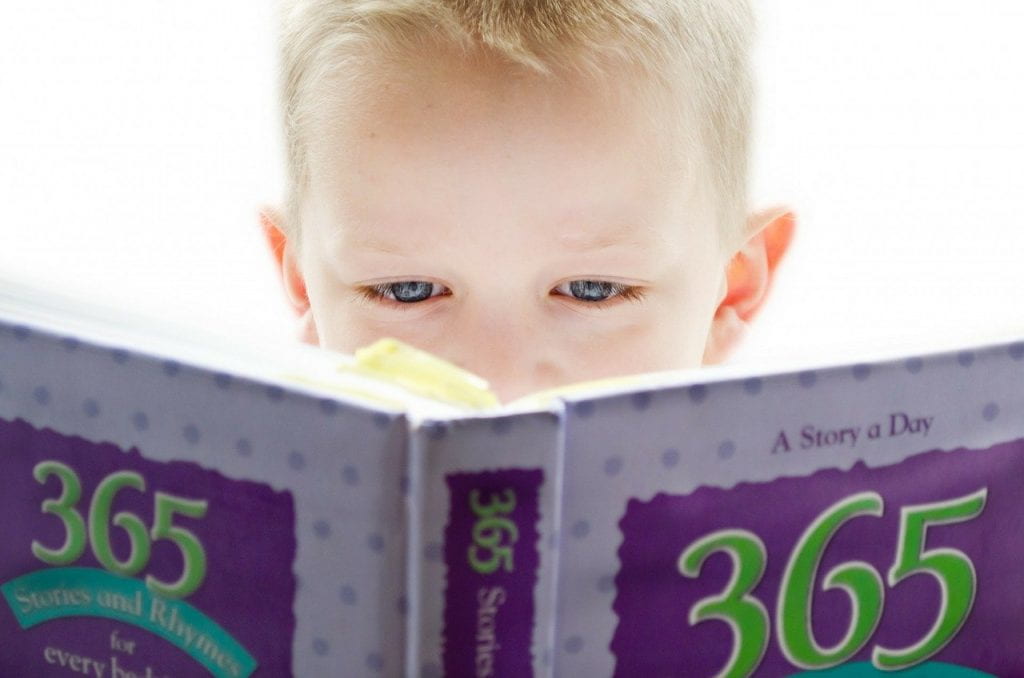
REFERENCES.
Cornet, C. E. (2014). Integrating the literary arts throughout the curriculum. In Creating meaning through literature and the arts: arts integration for Classroom teachers (5th ed,) (pp144-193) USA
Ross Johnston, R. (2014). Literary literacies: Digital, cultural, narrative, critical and deep literacies. In G. Winch, R. Ross Johnston, P. March, L. Ljungdahl & M. Holliday (Eds.), Literacy: Reading, writing and children’s literature (5th ed., pp. 556). Retrieved from Proquest Ebook Central.
